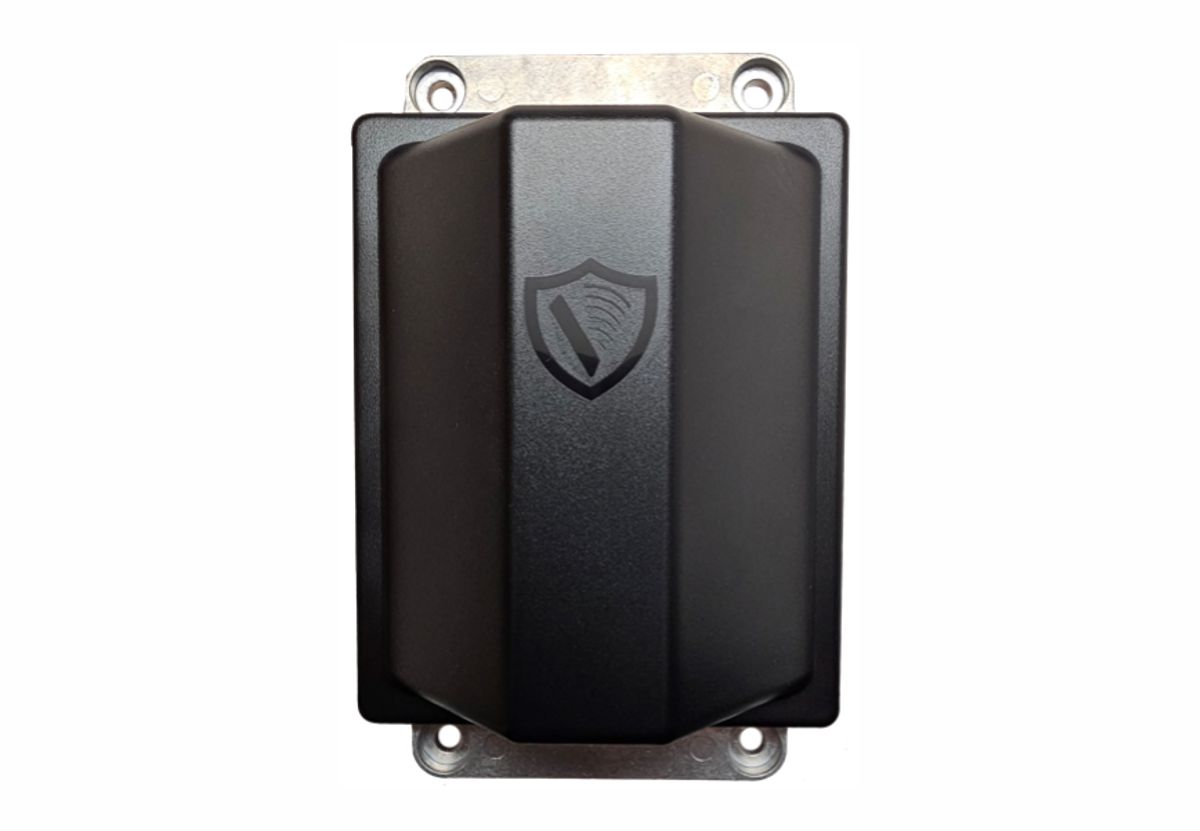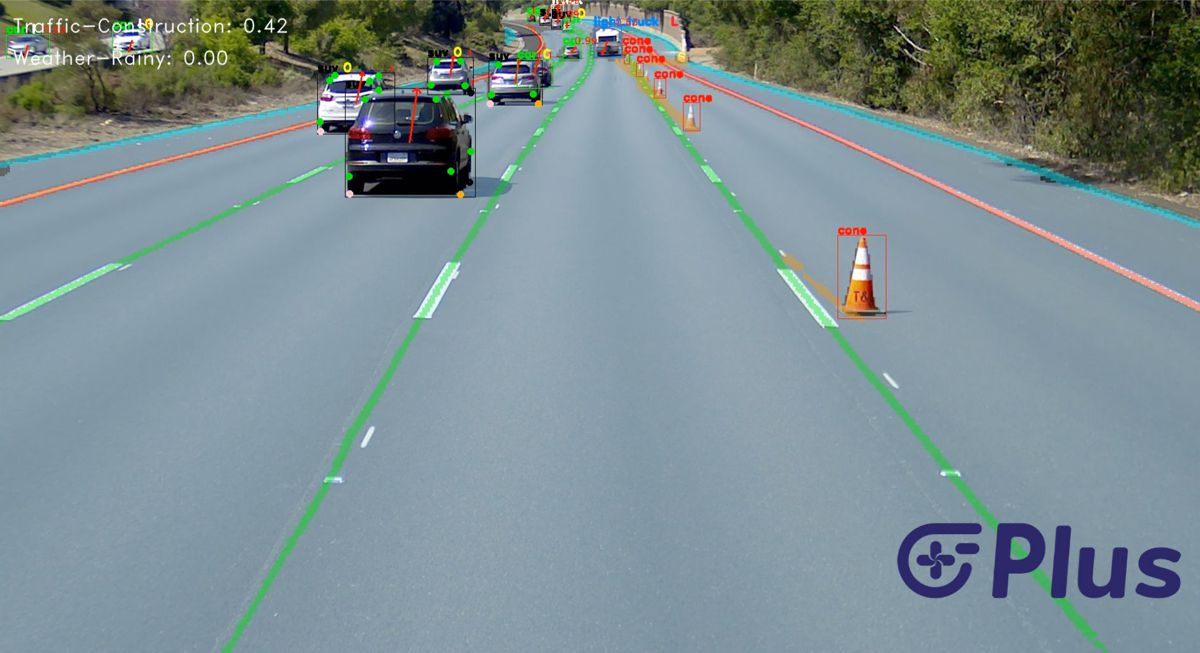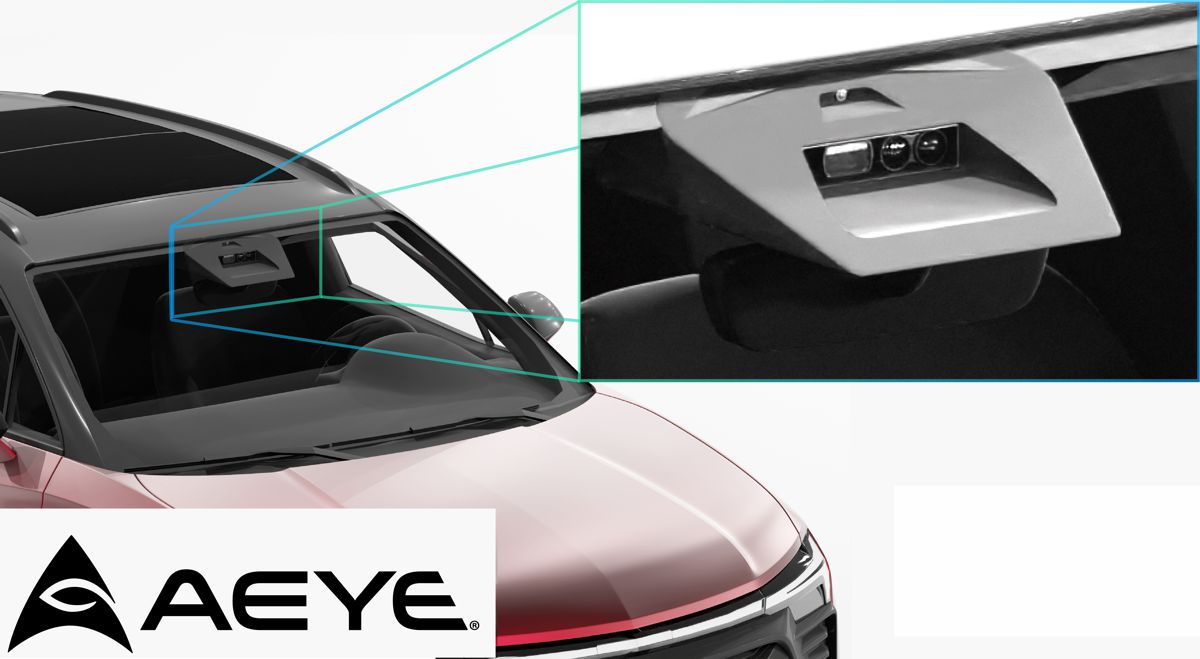Vinci Energies looks at what makes an effective EV charging network
Actemium e-mobility consultant Giles Benbow explains how we can support the EV revolution through a diverse and extensive charging infrastructure.
The UK is the world’s fourth largest market for electric vehicles (EVs). By 2030 it is estimated there could be between 2.7 and 10.6 million EVs on British roads and by 2040 as many as 36 million.
With such rapid growth in EV uptake expected, we will need a diverse and extensive charging infrastructure to support it.
EVs turn our whole concept of refuelling vehicles on its head. Whereas traditional combustion engine vehicles are typically refuelled at petrol stations alongside major routes, where motorists drive in and fill their tanks in a matter of minutes before continuing their journeys, that doesn’t work for EVs simply because of the time needed to recharge.
Even with their new V3 Superchargers charging at up to 250kW, Tesla expect customers to wait an average of 15 minutes.
Park and plug
For convenient charging, EV drivers need to plug in where they park so that when they next need to use their vehicle, the battery is fuller than when they left it.
This means that when designing an effective EV charging infrastructure, our first consideration should always be ‘Where do we park most often?’.
The way I see it, our cars spend most of their time at home (60%), then work (20%) and on the go (20%) – hence the majority of EV charging today takes place overnight at home.
However, since the cost of EVs is still relatively high, these early adopters are likely to be wealthy homeowners, who can afford to have off-street parking and install their own charging point.
Of course, not everyone in the UK has off-street parking – around 40% of homes don’t. So as EVs become more widespread, the charging ecosystem will need to adapt with on-street, rapid and workplace charging.

Access for all
Most commutes to work are well within the range of even the shortest-range EVs but workplace charging facilities are an ideal solution for those who can’t charge at home.
From an employer’s perspective, installing workplace charging solutions for staff brings a number of environmental, reputational and financial benefits – and VINCI Energies business Actemium has already helped many UK companies.
Actemium also specialises in high-powered charging, providing an experience more akin to the traditional petrol station for drivers passing through on a long journey. A good example of this is Gridserve. Well-positioned rapid charging hubs can also provide a place to charge vehicles that can’t be charged overnight.
To date, Actemium is the UK’s most experienced turnkey deployment team for Hi-Power (100kW+ Super Charger) sites, having installed more than 300 bays/chargers across 30 sites.
If the UK is to meets its targets for carbon emissions reduction, then we need as a society to invest in infrastructure to support the adoption of green technologies. But with a combination of on-street, rapid and workplace charging, I believe we are well-placed to make the EV revolution happen – and not just for a wealthy few.















